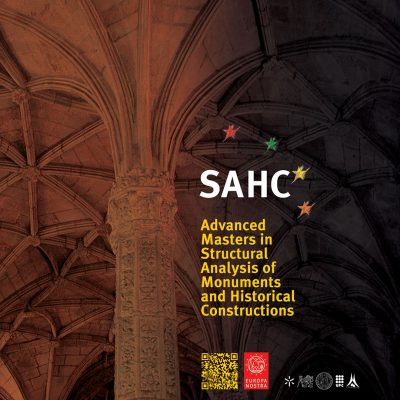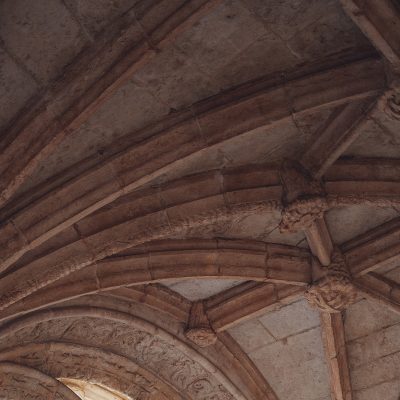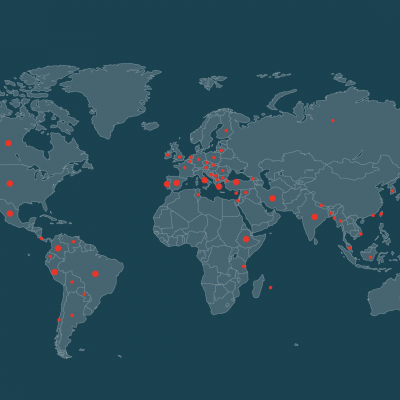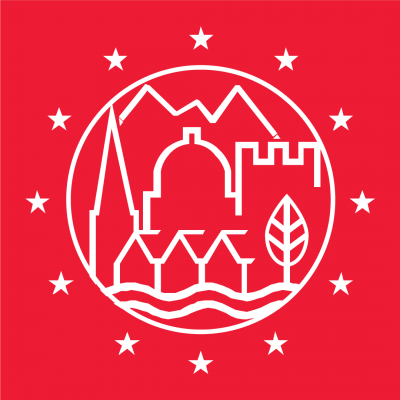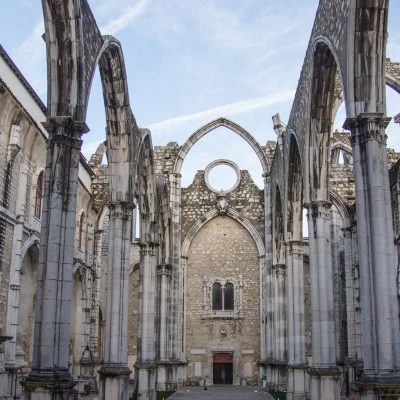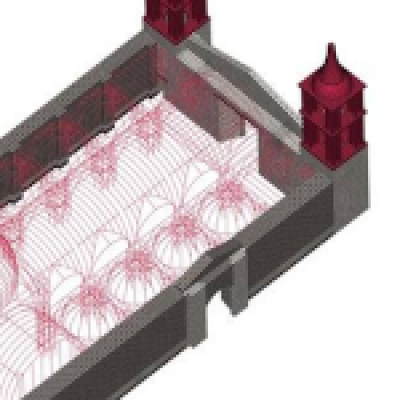The SAHC programme has a duration of one academic year (60 ECTS credits) and is held on a rotating basis among partners. Coursework (September – March) is concentrated at University of Minho and dissertation work (April – July) can be performed in any of the involved institutions. It is expected, but not mandatory, that students carry out the entire coursework in one location and the dissertation in another location. Mobility track is based on students’ preferences taking into account adequate balance between different institutions. The curriculum is exactly the same, no matter the student mobility track.
Changes of mobility path from the one defined by the Consortium and informed to the candidate will not be accepted, unless for exceptional reasons. Any student requesting a change in path must provide a substantiated request before the start of the program. After the start of the program, no changes will be allowed.
The study programme is composed of eight units, with six sequential units, one unit project-based and one dissertation. The units are as follows:
SA1: History of Construction and of Conservation
Topics studied under SA1:
- Introduction to modern conservation criteria. General concepts. Structural conservation and restoration.
- Construction techniques and structural components: masonry and earth.
- Construction techniques and structural components: timber and mixed systems.
- Construction techniques and structural components: metals. The use of metals in historical construction.
- Introduction to 20th century heritage structures. Structural concrete across 20th century.
- Overall structural arrangements in history.
- Ancient rules and classical approaches.
- Limit analysis: the static and the kinematic approach.
- Damage and collapsing mechanisms in historical structures: gravity and soil settlements; construction defects.
- Damage and collapsing mechanisms in historical structures: environmental and anthropogenic actions.
- History of conservation. The Athens Charter and the Venice Charter. Modern structural restoration practice.
- The application of conservation criteria in practice. Diagnosis, safety evaluation and design of intervention.
- Examples. Discussion of analysis and restoration of real heritage structures.
SA2: Structural Analysis Techniques
Topics studied under SA2:
- Aims, chalenges and difficulties in the modeling and analysis of historical structures.
- Governing equations of the mechanics of continuum.
- The finite element method.
- Elasto-plastic constitutive models.
- Geometrical nonlinearity.
- Solution procedures for non-linear incremental FE analysis.
- Damage mechanics, smeared crack models.
- Applicability of continuum mechanics.
- Recommend material properties to use.
- Demonstration of modelling of real structures and examples.
SA3: Seismic Behaviour and Structural Dynamics
Topics studied under SA3:
- Seismology and earthquake engineering.
- Elements of seismic hazard analysis.
- Dynamic analysis of single-degree-of-freedom systems.
- Dynamic analysis of multi-degree-of-freedom systems.
- Response spectrum analysis and response history analysis.
- Non-linear static and dynamic analysis of structures.
- Earthquake-resistant design of buildings.
- Seismic analysis of structures using the finite element method.
- Damage and collapsing mechanisms in historic structures.
SA4: Inspection and Diagnosis
Topics studied under SA4:
- General methodology for inspection and diagnosis.
- Documentation of historic structures, typical damage and visual inspections.
- Soils and rocks in situ investigation and monitoring.
- In situ investigation of timber, steel and concrete structures.
- In situ NDT and MDT for masonry structures.
- Complementarily of NDT and MDT and case studies presentation.
- Laboratory load tests and in situ load tests.
- Monitoring of historic structures.
- Monitoring analysis and cyclic effects.
- Modal testing of historic structures.
- Structural assessment.
SA5: Repairing and Strengthening Techniques
Topics studied under SA5:
- Introduction to repair and strengthening.
- Strengthening of foundations.
- Discussion of load transfer and long term effects.
- Strengthening of concrete structures.
- Design of timber structures.
- Strengthening of timber structures.
- Design of masonry structures.
- Strengthening of masonry structures.
- Case studies.
SA6: Restoration and Conservation of Materials
Topics studied under SA6:
- Introduction to conservation and restoration of materials.
- Historical materials: identification, types and classification.
- Binders and mortars.
- Degradation of historic materials: physical, chemical and biological actions.
- Degradation of historic materials: disasters and anthropogenic actions.
- Salts in stone and masonry.
- Cleaning of façades.
- Repair materials and techniques.
- Consolidation of degraded brick and masonries.
- Consolidation of degraded mortar and plaster and interaction with fixed artistic heritage.
- Protective and coating layers.
- Restoration and conservation of wood.
- Deterioration and conservation of metals.
- Deterioration and conservation of 20th century heritage concrete and modern materials.
- Deterioration and conservation of 20th century heritage concrete and modern materials.
- Laboratory works and in-situ investigations.
SA7: Integrated Project
SA7 is composed of three main parts, as follows:
- Field trips with presentations on case studies
- Seminars on conservation subjects not addressed in the course
- Comprehensive analysis of case studies in groups of 3 to 5 students
Within the last and most important item listed above, students have to develop the survey, inspection, diagnosis, stability analysis, design project, cost estimation, monitoring and maintenance plans of a representative case study.
Dozens of different case studies have been analysed so far, from Cathedrals to Castles, from Palaces to Bridges, in the four partner countries. You can check this Church from Spain, this Building from Italy, this Castle from the Czech Republic or this Church from Portugal.
Within the current edition, the following case studies are being studied:
- Cast-iron greenhouse from the 19th century
- Coastal fortresses from the 17th century
- Historical city centre of Aveiro
SA8: Dissertation
The Dissertation aims at developing research and/or professional competences in the field of conservation and restoration of architectural heritage structures.
Students may develop research, compilation, or case study dissertations (see examples from past editions).
Units SA1 to SA6 are arranged as a mix of theory and application, in a context of a project-led education. Lectures are held from 9:30h to 12:30h and individual/group work is carried out at University from 14:00h to 19:00h. A schematic course calendar can be found here.
Attendance is mandatory during the morning classes and afternoon assignments (SA1-SA6) for all students.
The Integrated Project (SA7) is s truly project-based course, including a mini-group project to solve a real engineering problem, with site visits.
The Dissertation (SA8) aims at developing research and/or professional competencies in the field of conservation and restoration of architectural heritage structures.
Degree Awarded
The degree awarded is a Master’s degree, provided as a double degree from the institutions involved. The degree awarding institution and degree awarded are as follows:
- University of Minho, Portugal: Mestrado em Análise Estrutural de Monumentos e Construções Históricas;
- Czech Technical University in Prague, Czech Republic: Advanced Masters in Structural Analysis of Monuments and Historical Constructions;
- University of Padova, Italy: Master Universitario of 2nd level in Analisi Strutturale dei Monumenti e dell’Edilizia Storica;
- Technical University of Catalonia, Spain: Advanced Masters in Structural Analysis of Monuments and Historical Constructions.
(Last update: June 2023)

